So, your doctor told you to start exercising! Now what?
Have you ever been given this very simple, yet incredibly complicated advice from your doctor?
“You could really benefit from starting an exercise program.”
If so, you are lucky to have a doctor who understands the power of exercise! In fact, exercise has been proven to help prevent diseases, reduce pain, decrease dependency on medications and improve overall quality of life. (1) The benefits are seemingly endless. However, are you someone who hasn’t the slightest clue as to what to do next? Where should you go? Who should you ask for help? Fear not, because you are not alone! Take a deep breath and follow these simple steps to begin a safe, effective and lasting exercise program today.
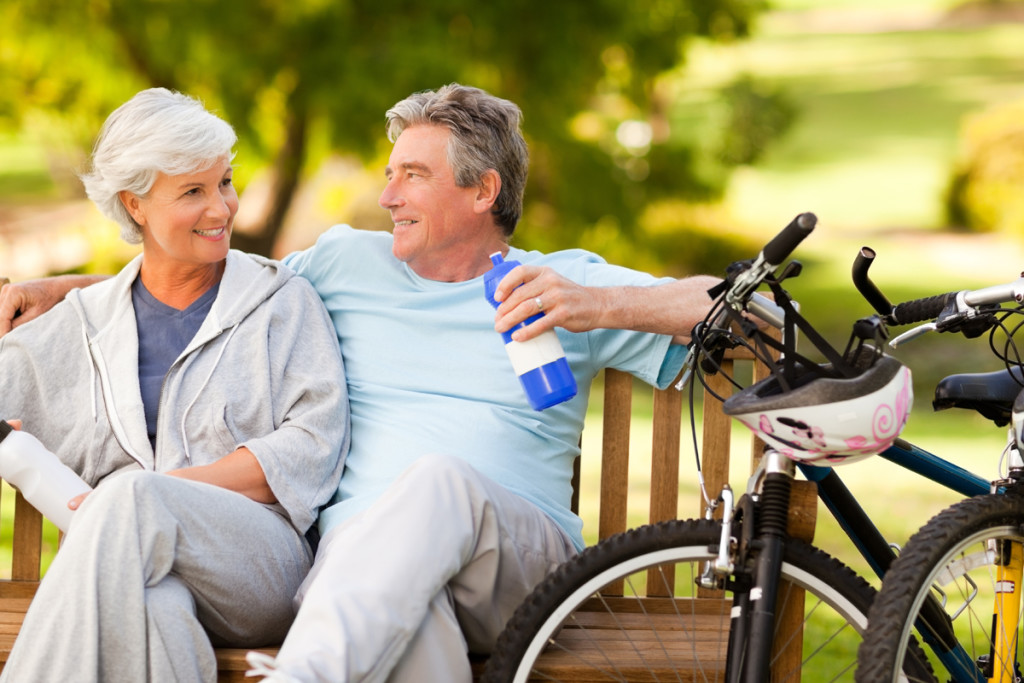
Identify the Why!
If a medical professional suggests you begin an exercise program, what is their reasoning behind it? While “obesity is linked to more than 60 chronic diseases”, your doctor may not be suggesting that you need to lose weight, but instead, suggesting that you need to address a specific weakness. (2) Do you have a medical condition where weight loss or improved cardiovascular health could add more quality years to your life or reduce your dependency on medications? Asking your doctor to fully explain these questions will help you understand how specific exercises can improve your physical and mental wellbeing.
For example, if you have a heightened risk for falls, improving strength and balance is of utmost importance. However, if you are overly dependent on high blood pressure medications, your goal may be to improve cardiovascular health through aerobic activities. If you suffer from chronic pain or various forms of arthritis, the objective of your exercise routine will be more focused on enhancing mobility and flexibility, improving muscle imbalances and strength, as well as assisting with pain management through mindfulness techniques. Knowing your “why” is the first step towards clarifying your “how”.
Invest in Yourself
The most important things in life are NOT things. -Anthony D’Angelo
It is rumored that Tom Brady, better known as the G.O.A.T. and the winningest quarterback in the NFL, spends over a million dollars a year on his health. Odell Beckham Jr., another famous NFL star, says that “I take care of my body each and every day. I put, probably, over $300,000 in my body in the offseason… It’s a lot to upkeep. I don’t ever want to decline.” (3) In all honesty, do you blame these athletes for spending so much money on their health when their health is their livelihood?
When a medical professional suggests that you begin an exercise program, it is because they believe it will help your overall mental and physical well-being. While you may not be a professional athlete, you may be someone who wishes to remain active and independent for the remainder of your life. Therefore, it is paramount to invest in a certified fitness professional or medical fitness trainer to help create a program that meets your individual needs.
Think about it like this, when your car needs to be fixed, do you try to fix it yourself or do you seek a certified specialist who will make an educated assessment, create a game plan and implement the necessary changes? I think it is safe to say that you will spend money on your car, but may scoff at the thought of hiring a trainer. What is more important? Things can be replaced, but people are irreplaceable. There are certified fitness professionals in your area you can find via a simple internet search or by posing a question on social media to your local chamber of commerce. With that being said, don’t be afraid to shop around and interview various trainers to make sure they are a good fit for you!
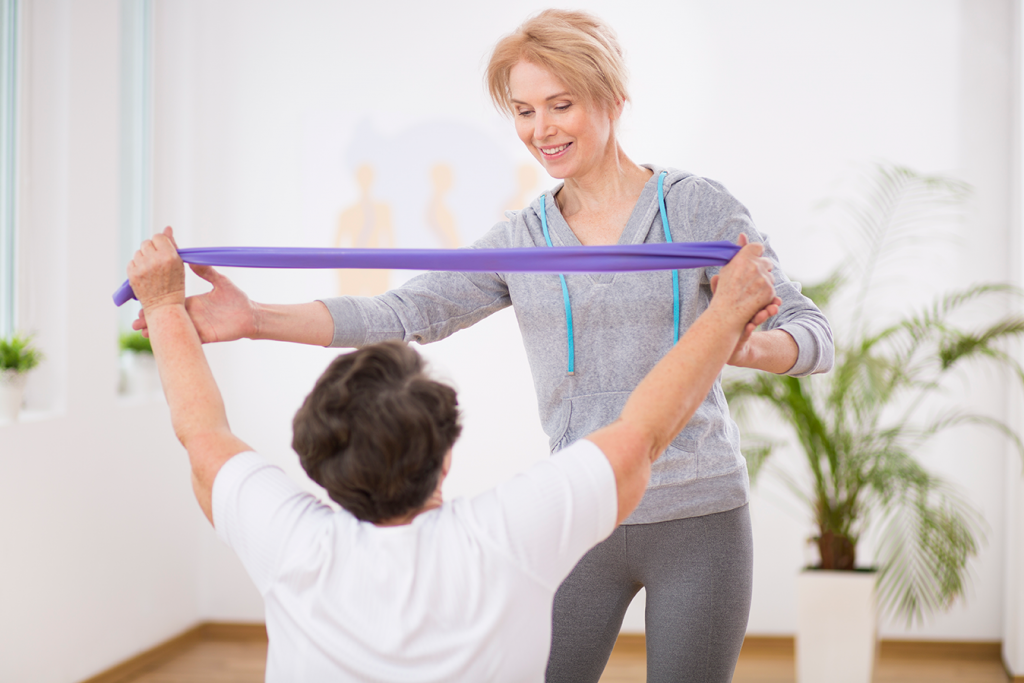
Find a Match
Find a job that you enjoy doing, and you will never have to work a day in your life. -Mark Twain
Mark Twain was onto something when he spoke about the importance of enjoying what you do! This same principle applies when you set out on an exercise journey. If swimming scares you or you have nightmares about running, then pick exercises that you enjoy. Do you love to dance? Try taking some dance classes! Do you enjoy riding your bike? Let that be a part of your new exercise routine. If you dread your exercise sessions, loathe your trainer or hate every minute of your workout, then it is not going to last. If it feels like work, it’s not going to work! Exercise should be an enjoyable, yet challenging, part of your day!
In addition, be sure that you take the time to assess how you are feeling and clearly communicate this to your trainer. If you are feeling run down, overly sore, or under-the-weather, your body is trying to tell you something. All of these signs are extremely important when it comes to enjoying the endless benefits of making exercise a part of your life. Now, let’s take action and begin to take control of your health.
Christine M. Conti, BA, M.Ed, is an international fitness educator and presenter. She currently serves as the Director of Membership for MedFit Network, sits on the MedFit Education Advisory Board and is a course author for MedFit Classroom. She is also CEO and founder of ContiFit.com and Let’s FACE It Together™ Facial Fitness & Rehabilitation and co-host of Two Fit Crazies & A Microphone Podcast.
References
1 Roy-Britt. “How Diet and Exercise Can Prevent Disease. January 8th, 2020. www.elemental.medium.com How Diet and Exercise Can Prevent Disease | Elemental (medium.com)
2 Holland, Kimberly. “Obesity Facts in America.” Healthline. January 18th, 2022. www.healthline.com
3 Zeegers, Madilyn. Tom Brady Inspired Odell Beckham Jr. to Invest in his Body. April 6th, 2020. Tom Brady Inspired Odell Beckham Jr. to Invest in His Body (sportscasting.com)

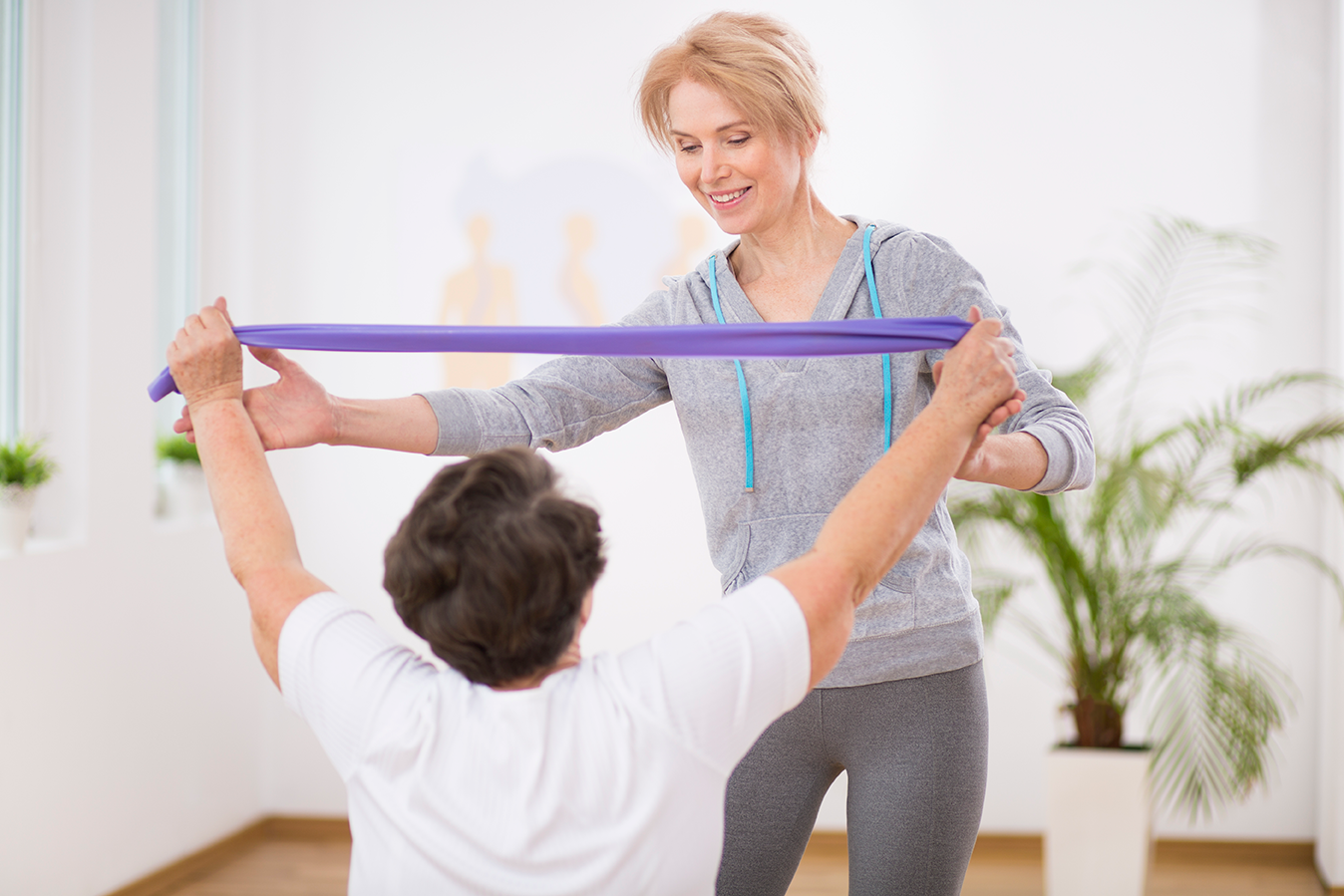

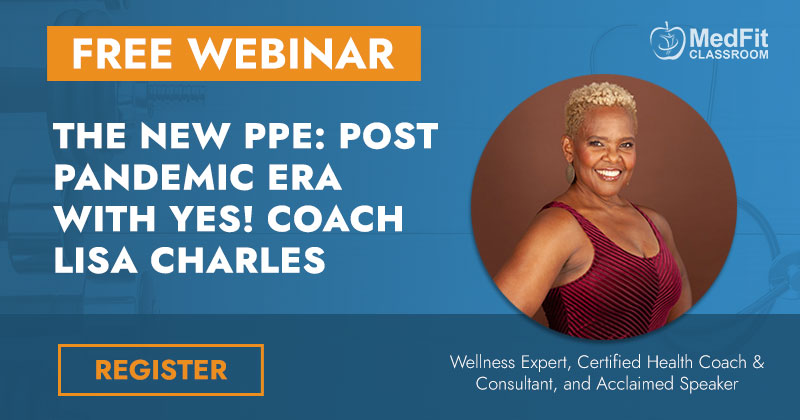
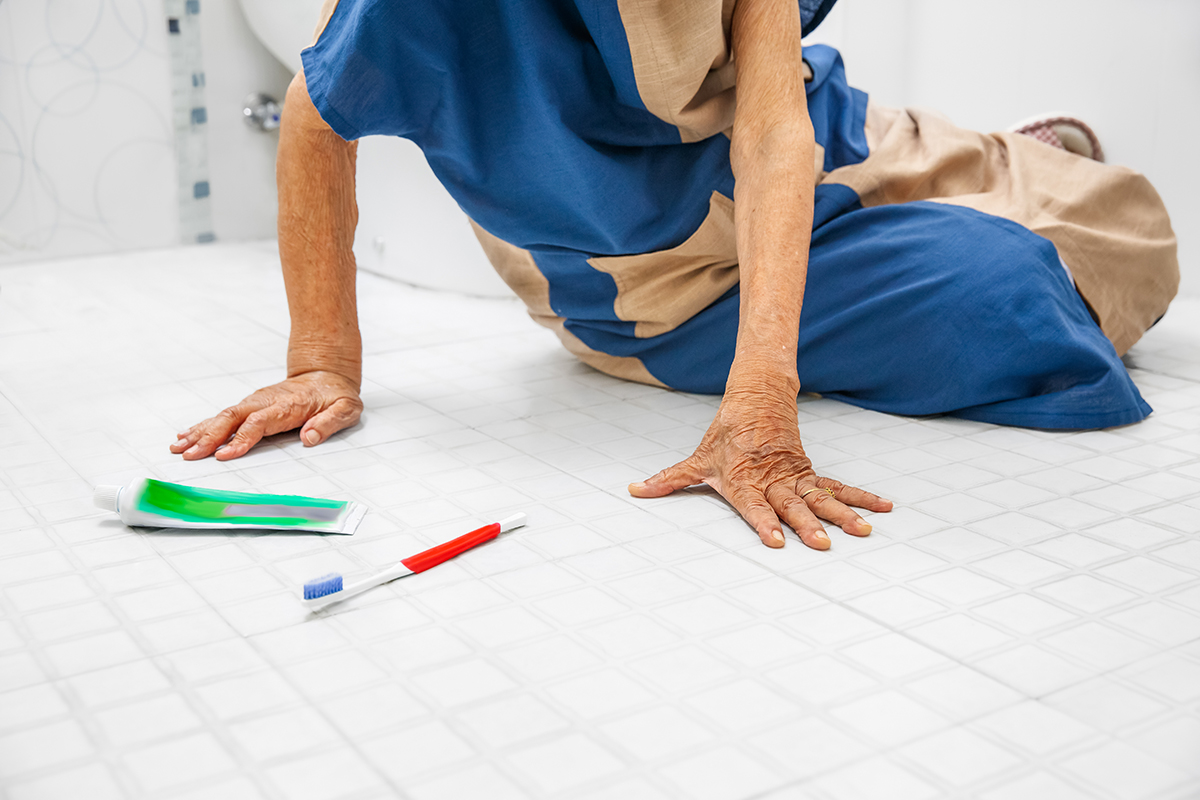
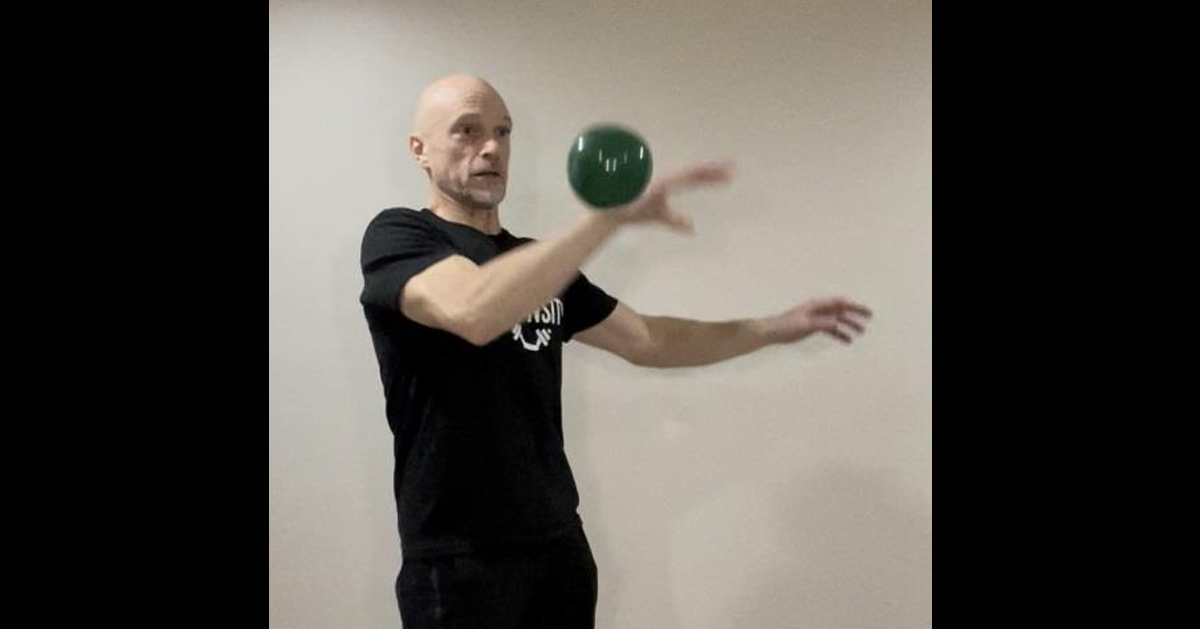

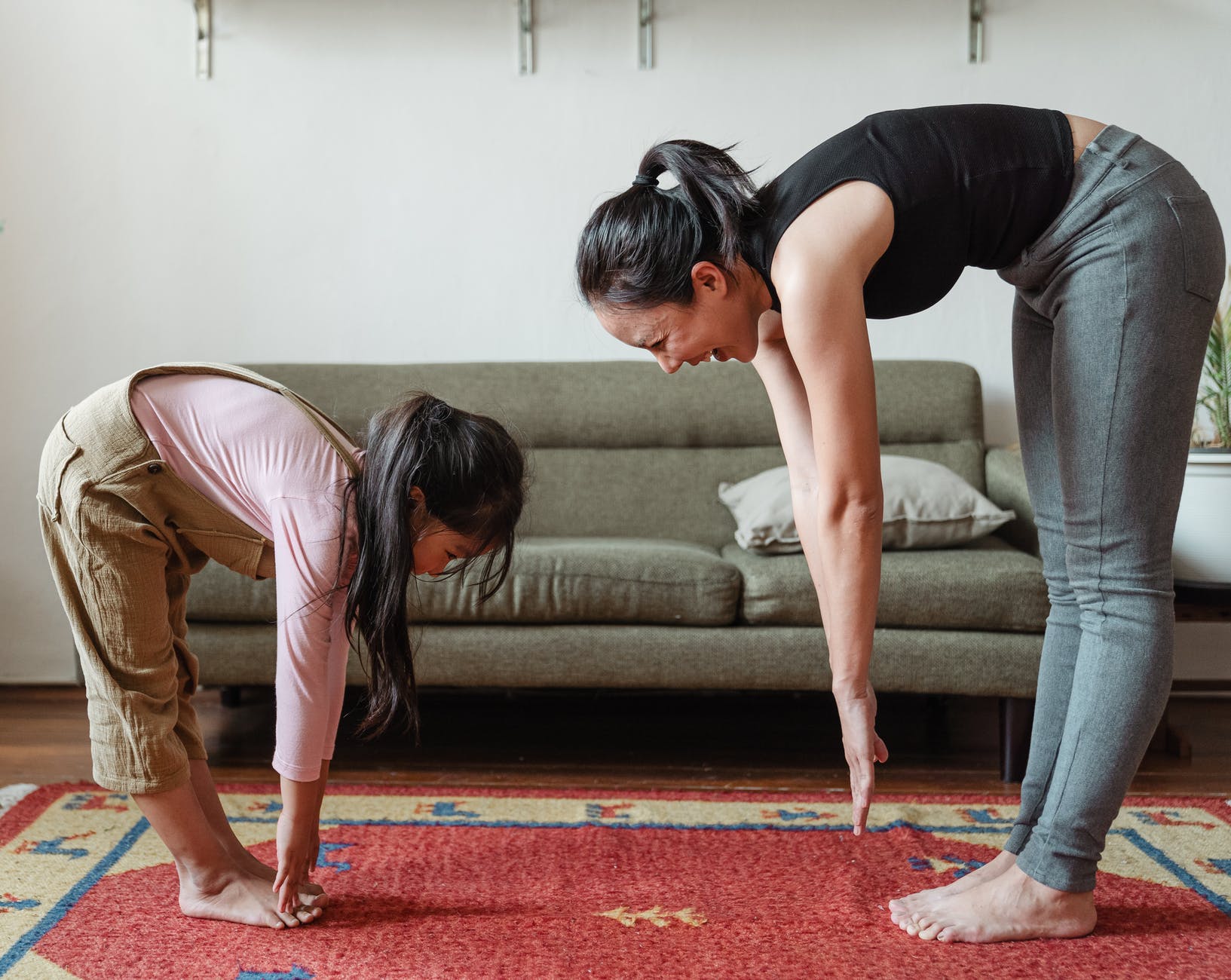
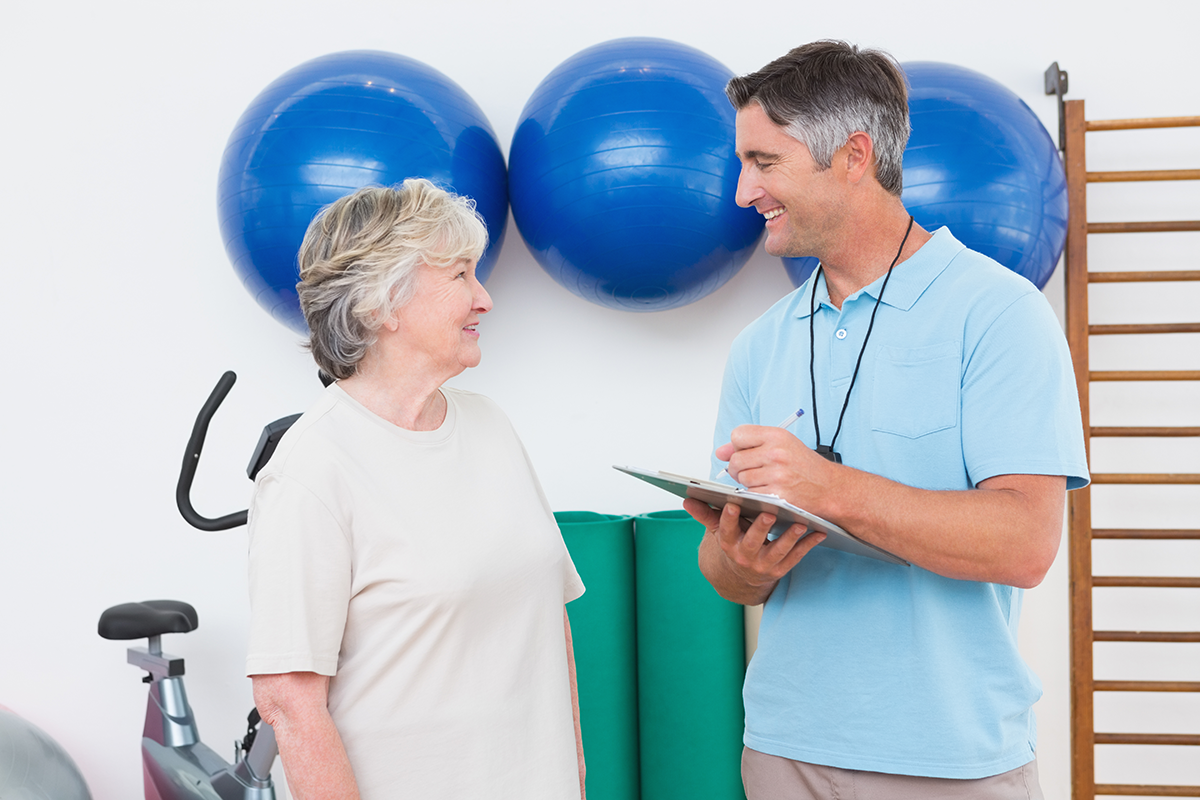


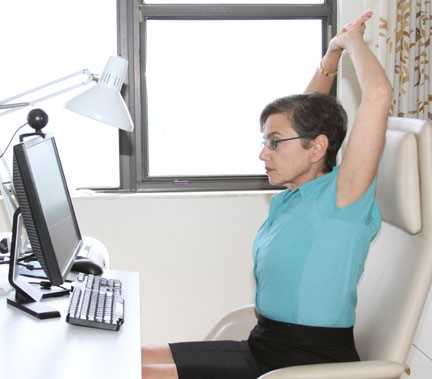
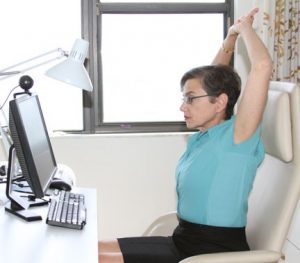 You say OK, you walk out and then what?
You say OK, you walk out and then what?